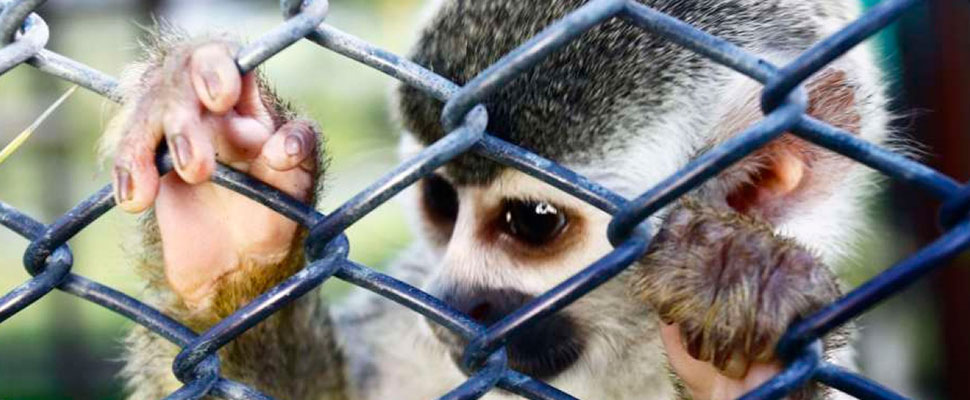Peru: An illegal wildlife traffic route?


The south of Peru is best known for its illegal wildlife trade routes. Puno and Juliaca are two cities with the perfect characteristics for selling and buying wildlife species since they are near the Bolivian border and close to the coastline.
According to the National Strategy against Illegal Trafficking of Wildlife prepared by the Servicio Nacional Forestal y de Fauna Silvestre (Serfor) and the Wildlife Conservation Society (WCS), cities that are part of the illegal trade route in southern Peru are classified in three categories: transit, which works as a stop for illegal merchandise; collection, where species are captured; destination, where the wildlife is sold.
As showed by the Administración Técnica Forestal y de Faula Silvestre (ATFFS), the species that are more often found during police operations in the Puno region are the Suri, the Titicaca frog (Telmatobius culeus), the black macaque monkey (Cebus apella), the Andean taruca or deer Hippocamelus antisensis), the Andean condor, the Andean fox, the quirquincho, the monkey maquisapa (Ateles chamek), the vicuña (Vicugna vicugna), black caiman (Melanosuchus niger), and parihuana (Phoenicoparrus andinus).
Most of these species are under great care of the environmental authorities in Peru, as well as the rest of Latin America, because they are currently at risk of extinction.
LatinAmerican post | Manuela Pulido
Copy edited by Susana Cicchetto





